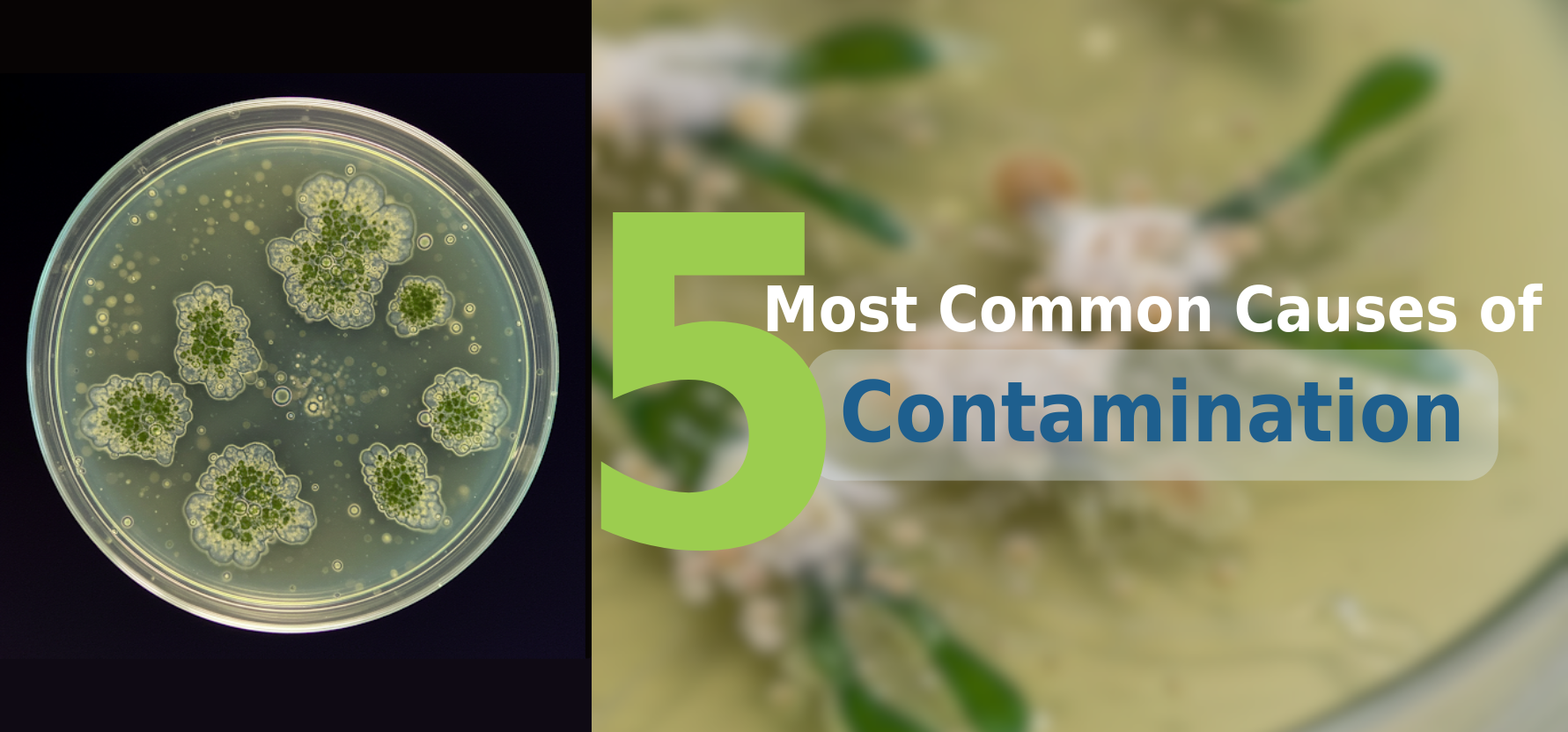Table of Contents

What is Genetic Engineering?
Genetic engineering is the alteration in the genome by modification, manipulation, recombination of DNA.
Plant’s genome continued to evolve by the natural evolutionary processes. These changes resulted in plant varieties that were completely different from their ancestors. Some of the advantages of these genetic modifications were:
- Increases Food Production
- Increased yield of plants
- Improved taste of food and its nutritional values
- More resistance to biotic and abiotic stress
These advantages have shown the scientists and breeders the benefit of modification of a plants’ genome. And motivating them to identify, choose, and analyze plants with enhanced characteristics to make a cross.
Normally, using traditional cross techniques it takes around 12 years to develop and release a new variety of plants. Furthermore, these varieties must possess and pass three criteria which include:
- The plant variety must be genetically distinct from the rest of other available varieties
- The developed plant variety should be genetically uniform throughout the population
- The developed plant variety should be genetically stable.
The advancement in techniques is to ensure that the process of creating a new variety of plants takes lesser time and ensure that the deleterious features are removed from the plant.
Moreover, the developed plants should be evaluated for any unwanted products and removed before they are released into the market. And, so far, several techniques have been successfully tested for their assurance towards creating better and safer plant varieties.
This article introduces you to the techniques to develop genetically engineered plants, their principles, and how are they applied in labs.
Genetic Engineering Techniques for Plants
A variety of genetic engineering techniques are currently available to make the desired changes in the plants’ gene sequences. Some of them are covered in this section.
Use of Microbial Vectors
Agrobacterium is a soil-living bacteria, having the capability to infect plants and integrate the disease-causing DNA into the plant’s genome. The plant expresses the gene as of its own, which results in the formation of gall, and the disease is called crown gall disease.
Scientists use this characteristic of the bacteria to introduce their desired genes in plants.
The Agrobacterium genomes contain a gene region that forms opines and causes crown gall disease in the plants. Scientists replaced this gene region with their desired gene sequence and introduce it into the plants.
The genetically engineered Agrobacterium strain becomes one of the most effective vehicles to introduce character-enhancing genes in the plants and produce a variety of commercial genetically modified crops.
Microprojectile Bombardment
Agrobacterium transformation technique doesn’t work in all plants and as a result, several other techniques have been introduced by scientists to serve the purpose.
A Microprojectile bombardment or gene gun or biolistic particle delivery system is used to deliver naked DNA into the plant by adhering it to a microscopic particle. The technique has been tested in plants such as rice, corn, and other cereal grains.
The microscopic particles that act as a carrier to the DNA or RNA are either high-density gold microparticles or high-density tungsten microparticles. A helium pulse accelerates these pulse at such high velocity that they penetrate the cell wall and membrane and enter into the cell.
The gene gun is not only used to transform genomic DNA but can also transform organelles such as plastid and mitochondria. The technique is also used for in vivo and in vitro gene expression and regulation assay.
Electroporation
In this technique, plant cells growing in a culture medium are stripped off of their walls, forming protoplasts (plant cells without cell walls). Then, the desired piece of DNA is supplied to the media and an electrical impulse is applied. This disturbs and destabilizes the plant protoplasts, resulting in the entry of the DNA inside the cell.
The effective transfer of desired DNA is determined by the following factors:
- Electric field parameters
- Electrode design
- Targeted cells and tissues
- Transfer plasmids
The cells transformed using the technique then regain or regenerate the walls and grown in fully grown plants in tissue culture. However, the use of this technique is limited because of the poor efficiency of most plants to regenerate their cell walls.
Microinjection
In this method, glass micropipettes are used to inject the desired substance directly into the cell. A certain percentage of these cells will survive and incorporate the DNA. It is, however, labor-intensive and inefficient when compared to other methods.
The cells transformed using the technique are then grown using tissue culture for the final output and go in several rounds of testing before the commercial release of the recombinant plants.
Purchase All Your Tissue Culture Requirements from Plant Cell Technology
Plant Cell Technology is a leading tissue culture company that offers a whole solution to your tissue culture problems. In addition to its featured product PPM (™), a perfect solution for all contamination problems, it has all equipment and chemicals required to do tissue culture.
Furthermore, we also offer consultation services to culturists to get answers to their tissue culture problems. So, check out plantcelltechnology.com now to learn more about our products and services and grab all that you require.
Happy Culturing!












Join the conversation
Your email address will not be published. Required fields are marked